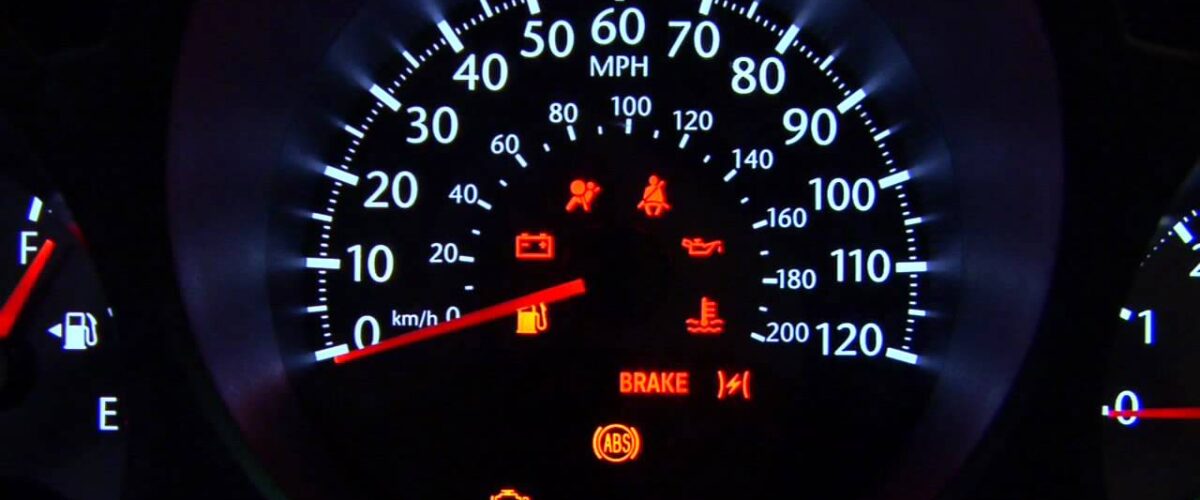81. Maintain Your Battery
The battery is usually one of the first car parts to develop a problem during winter if left exposed in the cold for too long. As it goes in chemistry, freezing temperature slows down the ability of a battery to produce electrical energy which induces a faster discharge.
Needless to say, there are many people who don’t drive their cars regularly during winter to keep up the charge in their batteries. So what’s the other option? You can park your car in a garage and use a trickle battery charger to prevent discharge issues. Also, if your test your battery and find out it’s too exhausted, you should replace it before winter.
82. Ensure Your Visibility

You don’t want to drive during winter without seeing where you’re going, do you? Moreover, it’s a hazard to drive with an ice sheet on your windscreen since it could fly off at high speed and critically injure somebody behind you. Always make sure you remove any stuck up ice on the lights, side mirrors, and windshield. Also, you can add de-icing fluid into the windshield water tank.
83. Inspect Your Tires

The roads can get very treacherous during winter and you may need special winter or snow tires. Check out for tread depth using the penny test and if the tires don’t meet the criteria, they should be changed before winter. Similarly, low temperatures can make your tires under-inflated and you should remember to double check the air pressure before you drive out.
84. Check Your Antifreeze
As the name suggests, the purpose of antifreeze is to prevent the water circulating in your engine from freezing. Keep in mind that the water regulating your engine can freeze and expand during winter causing serious damage. In any case, if you want to know the antifreeze’s consistency, you could use an antifreeze tester.
85. Clean Your Fuel Injector

Quite often, water gets stuck in the fuel system. Eventually, the temperature drops during the coldest season and the water freezes. Well, you can probably guess what happens next – an expensive cleanup affair. However, you can clean the fuel injector before the weather forecaster announces the snowfall. To your advantage, there are over the counter fuel injector cleaning formulas that you could use to extract water from the fuel system and prevent the freezing effect.
86. Do Your Diesel Diligence
Diesel tends to gel during winter affecting the overall performance of your vehicle. But there is a way you could prevent it by introducing diesel anti-gel treatment into your fuel tank. Beyond that, pay closer attention to the diesel exhaust fluid (DEF) which needs to be refilled occasionally. Most vehicles come with a built-in warning system to alert you if the DEF levels are low, so it won’t be much of a concern.
87. Grab Your Deicing Chemicals
The door handles can get covered in ice during harsh winter making it hard to open the door. Before you try anything risky that may leave your hand injured due to a piece of sharp ice, it is wise to apply deicing chemicals. Not only will the deicing formulas get rid of the ice on your door handles, but it also helps to lubricate the door locks. The best part is that they’re cheap.
Note: Please choose a de-icing formula that won’t corrode your car’s paint.
88. Inspect The Radiator Cap And Thermostat

It would be a waste of time if you put antifreeze in your engine only for the radiator or thermostat to leak the content. It probably takes less than 5 minutes to inspect and even if you find something is off, it would be cheaper to replace the radiator cap or thermostat immediately rather than wait and suffer the consequences.
89. Keep An Emergency Kit In Your Vehicle

You’ve probably heard on the news before; sometimes, the snowfall can be so harsh leaving people stranded in remote locations. It’s even worse if your car breaks down since it could be dangerous to stay outside in the freezing cold for too long. To be on the safe side, you should carry an emergency kit in your vehicle. Some of the basic items to pack include canned food, water, blankets, flashlights, shovel, jumper cables, power bank, back-up phone battery, salt, and an emergency flare.
90. Check Your Lights
It’s crucial for other drivers to notice your lights on the road. Inspect your headlights and if they’re dim or yellow, they should be changed pronto. In addition to that, moisture stuck inside the tail lights or headlights is a common setback during the coldest season. To remove the moisture, you should unlock the headlight assembly, wipe off the moisture using a cloth, insert silica gel pack to absorb the moisture and re-assemble the lights.

